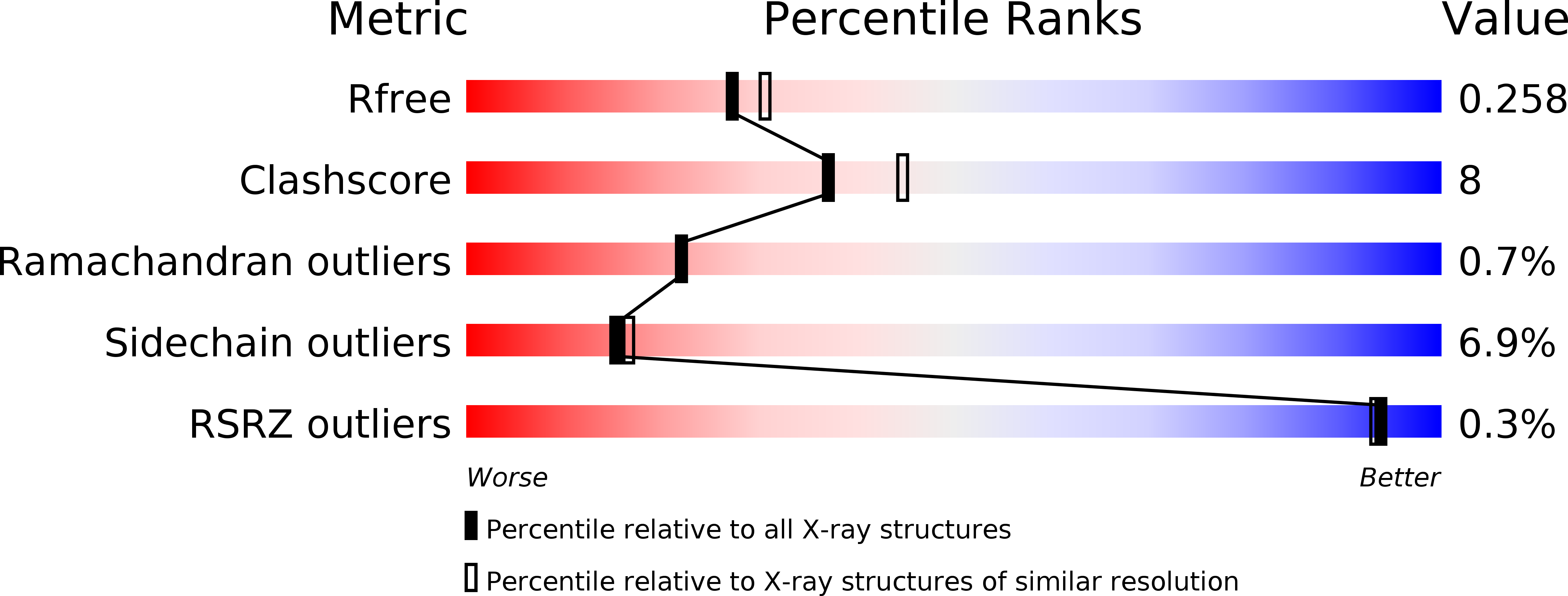
Deposition Date
2012-11-23
Release Date
2013-07-24
Last Version Date
2023-12-06
Entry Detail
PDB ID:
4I2Y
Keywords:
Title:
Crystal Structure of the genetically encoded calcium indicator RGECO1
Biological Source:
Source Organism:
Gallus gallus (Taxon ID: 9031)
Discosoma sp. (Taxon ID: 86600)
Rattus norvegicus (Taxon ID: 10116)
Discosoma sp. (Taxon ID: 86600)
Rattus norvegicus (Taxon ID: 10116)
Host Organism:
Method Details:
Experimental Method:
Resolution:
2.20 Å
R-Value Free:
0.25
R-Value Work:
0.19
R-Value Observed:
0.19
Space Group:
P 1 21 1


